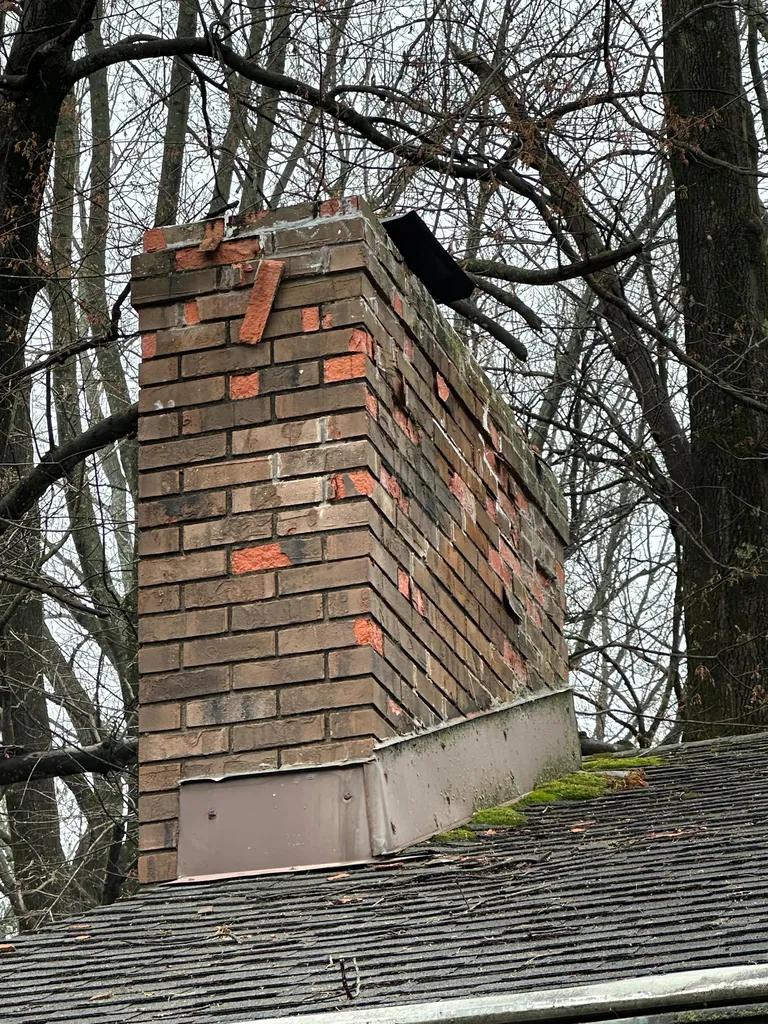In the state of Ohio, historic brick and mortar buildings hold significant cultural and architectural value as tangible links to the past. However, many of these structures have fallen into disrepair over time, posing challenges for both preservationists and property owners. In this article, we will explore the importance of restoring Ohio’s historic brick and mortar buildings, and discuss the various methods and resources available for maintaining these cherished landmarks for future generations to enjoy.
Table of Contents
- Preserving Ohio’s Rich Architectural History
- Challenges of Restoring Historic Brick and Mortar Buildings
- Key Considerations for Successful Restoration Projects
- Utilizing Traditional Building Materials and Techniques
- Q&A
- Wrapping Up

Preserving Ohio’s Rich Architectural History
Ohio is home to a plethora of historic brick and mortar buildings that hold significant architectural and cultural value. These structures serve as a representation of Ohio’s rich history and provide a glimpse into the past. Preserving these buildings is crucial to maintaining the state’s unique identity and heritage for future generations.
Restoring historic brick and mortar buildings involves careful planning, expert craftsmanship, and a deep understanding of architectural preservation techniques. By investing in the restoration of these structures, we not only safeguard Ohio’s architectural history but also contribute to the revitalization of communities and the promotion of tourism. It is essential to recognize the importance of preserving Ohio’s historic brick and mortar buildings and to support efforts that ensure these structures remain standing for years to come.

Challenges of Restoring Historic Brick and Mortar Buildings
Restoring historic brick and mortar buildings in Ohio presents a unique set of challenges that require careful planning and expert execution. One of the main challenges is the deterioration of the original bricks and mortar over time, which may require extensive repairs or replacement. Additionally, many historic buildings may have outdated infrastructure systems that need to be upgraded to meet current building codes and safety standards.
Another common challenge in restoring historic brick and mortar buildings is preserving the architectural integrity and historical significance of the structure. It is essential to use materials and techniques that are in line with the original construction methods to maintain the building’s authenticity. Furthermore, navigating the complex regulations and approvals required for historic preservation projects can be time-consuming and costly. Despite these challenges, restoring Ohio’s historic brick and mortar buildings is crucial for preserving the state’s rich architectural heritage for future generations to enjoy.

Key Considerations for Successful Restoration Projects
In order to successfully restore Ohio’s historic brick and mortar buildings, it is essential to consider a variety of key factors. One important consideration is the historical significance of the building itself. Understanding the history and architecture of the structure will help guide the restoration process and ensure that the building maintains its original character.
Another crucial factor to consider is the materials used in the restoration. Using high-quality materials that are compatible with the original construction will help preserve the integrity of the building for years to come. Additionally, working with skilled craftsmen and preservation experts is imperative to ensure that the restoration is done properly and with attention to detail.

Utilizing Traditional Building Materials and Techniques
Ohio is home to many beautiful historic brick and mortar buildings that serve as a reminder of a bygone era. These structures often require specialized restoration efforts to preserve their unique character and historical significance. By , we can ensure that these architectural treasures stand the test of time.
Restoring historic brick and mortar buildings involves careful craftsmanship and attention to detail. Modern tools and technologies can certainly aid in the restoration process, but it is essential to rely on traditional methods to maintain the authenticity of these structures. From repointing mortar joints to repairing damaged bricks, every step of the restoration process requires skill and precision. By honoring the craftsmanship of the past, we can breathe new life into Ohio’s historic buildings for future generations to enjoy.
Q&A
Q: Why is it important to restore Ohio’s historic brick and mortar buildings?
A: Restoring these buildings helps preserve our state’s rich architectural history and promotes economic development by attracting tourists and revitalizing local communities.
Q: What are some common challenges faced when restoring historic brick and mortar buildings?
A: Challenges can include dealing with deteriorating masonry, complying with historic preservation guidelines, securing funding for restoration projects, and navigating complex zoning regulations.
Q: What are some benefits of restoring historic brick and mortar buildings?
A: Benefits can include increasing property values, reducing the environmental impact of demolition and new construction, and creating unique and charming spaces for businesses and residents to enjoy.
Q: How can owners of historic brick and mortar buildings get started on the restoration process?
A: Owners can start by conducting a thorough assessment of the building’s condition, researching available preservation grants and tax incentives, and hiring experienced architects and contractors with experience in historic preservation.
Q: What role does the community play in restoring Ohio’s historic brick and mortar buildings?
A: The community can support restoration efforts by advocating for preservation, volunteering their time and skills, and patronizing businesses located in historic buildings. They can also support local historic preservation organizations and attend educational workshops and events.
Wrapping Up
In conclusion, restoring Ohio’s historic brick and mortar buildings not only preserves our state’s rich architectural heritage, but also contributes to economic revitalization and community pride. By investing in the preservation of these structures, we are not only honoring our past, but also building a sustainable future for generations to come. The careful and thoughtful restoration of these buildings is a testament to our commitment to preserving the character and history of our state. Let us continue to work together to ensure that Ohio’s historic buildings continue to stand as a reminder of our shared heritage and a source of inspiration for the future.


